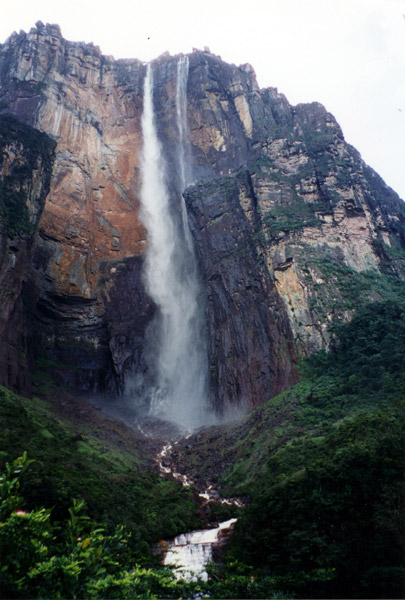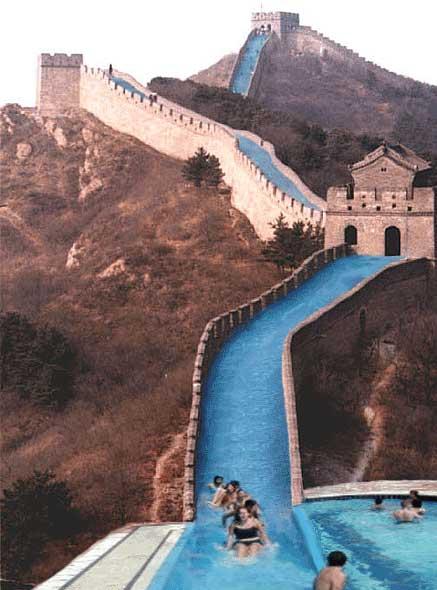
Angel Falls

Angel Falls

Angel Falls

Angel Falls is located in the Guayana highlands,one of five topographical regions of Venezuela. It plunges off the edge of a "Tepuy", or table-top mountain, and free falls 2,421 feet to the river below, making it the tallest waterfalls on earth.
In total it is 15 times higher than Niagara Falls with a total of 2,937 feet.
The falls are named after Jimmy Angel, an adventurous bush pilot from Missouri (Used to fly with Lindbergh's Flying Circus), today a modern legend. Jimmy Angel first saw the falls in 1933 with McCracken while searching for a legendary Gold Ore.
Jimmy returned again in 1937 with his wife, Gustavo Henry, and Henry's gardener, they landed on top of the tepuy. Jimmy's Flamingo monoplane settled down into the marshy ground on top of the Auyantepuy and remained there for 33 years before being lifted out by a helicopter.
Jimmy Angel and his three companions managed to descend the tepuy and make their way back to civilization in 11 days.
Jimmy Angel's plane sits in the Aviation Museum in Maracay; the one you may be able to see on top of the Tepuy is a replica.
The fascinating world of the National park in Canaima, is a perfect combination of magic and reality, with their impressive table top mountains called Tepuys, their countless rivers, lagoons, and water falls, forests and savannas distributed as a green sea, this atmosphere calls for a unique visit at least once in a lifetime.
In this God's gift of the nature, you will find an interesting flora and fauna and endemic in many cases (unique in the World), likewise the natives of the Pemon Indians, ohabitant in this natural atmosphere, with their ancestral culture, craft, folklore, and gastronomy.
This natural mosaic shows us an interesting and alive testimony of our Geographical history.
The National Park Canaima is located to the end south west of Venezuela, to the south of the Orinoco River, municipality Gran Sabana of the Bolivar state, being decreed National park June 12, 1962 by the national executive.
The park, possesses 3 million Hectares, occupying this way the second protected natural area of more extension in Venezuela and the seventh of its size in the world.
The park is divided in two sectors: Western and Eastern.
The western area called Canaima, can be accessed by air with commercial Flights from Caracas, Margarita and Ciudad Bolivar.
Enjoying this privileged spot on earth, the tallest fall in the world, the incredible Angel Falls, from the Canaima Lagoon visualizes a spectacular scenario, with beautiful water falls inviting you for a refreshing swim or a sun bath on the beautiful white sand surrounding the Canaima Lagoon.
In the Eastern area you will find the Gran Sabana where again, can be accessed either by air but also by land transport. Arriving to the city of Santa Elena of Uairen, the last town of the south of Venezuela, only 20 minutes by car from the frontier with Brazil.
The Tallest non permanent waterfall in the world is in fact La Catira close to the Angel Falls.









